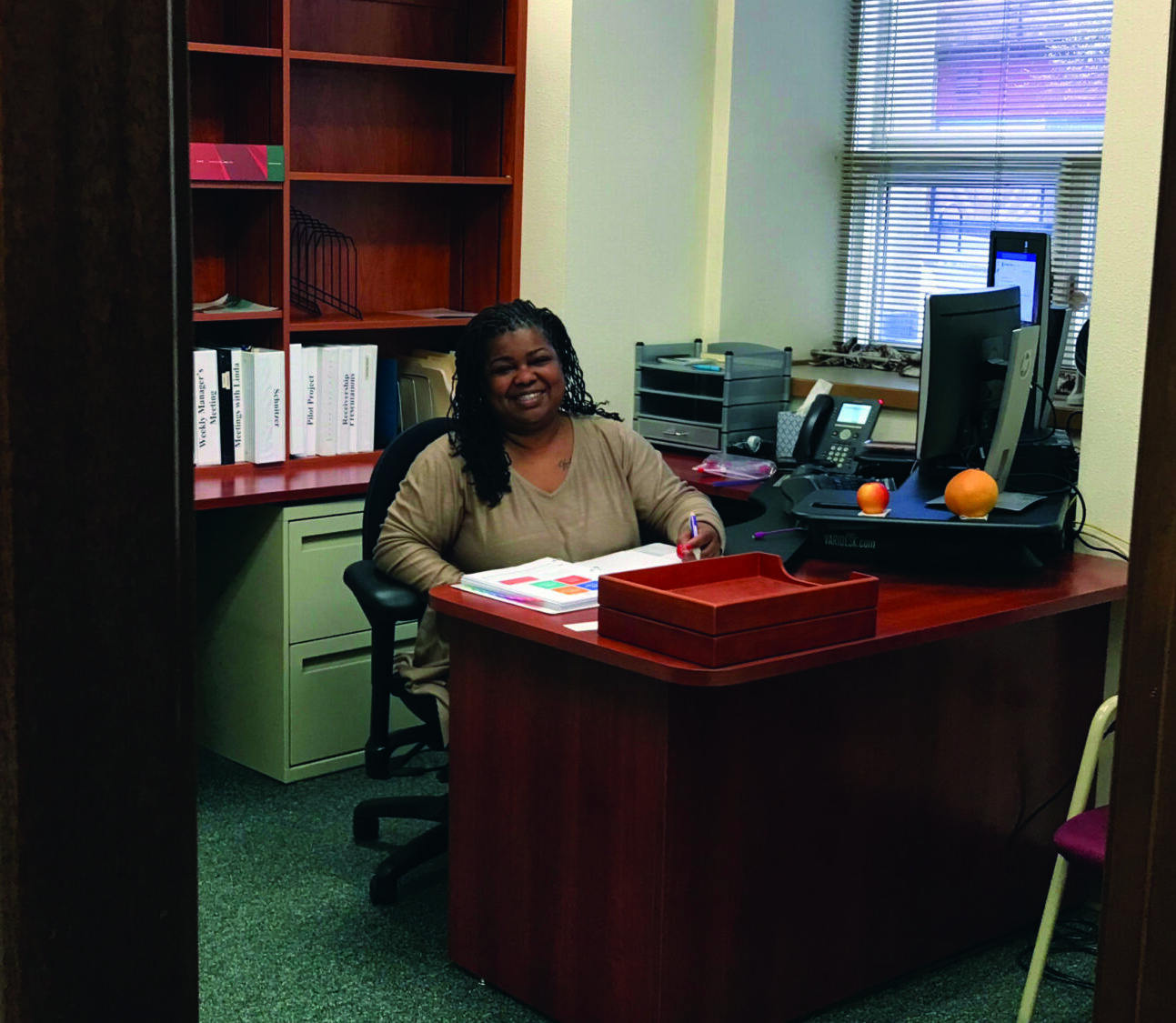While many members worked on-site throughout the cornonavirus pandemic as essential workers in public health, transit, and more, a large percentage of PROTEC17 members have been working from home since the pandemic began in March 2020. After two years of adjusting to a new world filled with Slack conversations and Zoom meetings, while taking care of children and household duties, these telecommuting members are again adjuting to a “new normal” as they head back into the office.
Employers across our union began to call back telecommuting employees – in many cases in a hybrid capacity – starting in late 2021, with some of our largest employers (City of Seattle and King County) setting return dates in spring of 2022.
While some members are eager to return to the office for a variety of reasons, others grew to enjoy and prefer working from home, or simply feel safer doing so given that COVID-19 variants are still circulating. Plus there are many logistical issues to figure out – childcare being one at the top of many workers’ lists.
In the current job-seekers economy, with many open positions and options, employers are seeing that working people want flexibility, not rigidity, and are hoping to offer more of that now and into the future. And for union members, telecommuting – and the impacts of returning to the office – has become a priority issue at the bargaining table.
Tacoma and Pierce County
For members at the City of Tacoma, the return to office is happening in phases, with staggered in-office days to keep employees safe as the pandemic continues. Any impacts, such as health and safety issues, are being bargained through Tacoma Joint Labor.
At Pierce County, PROTEC17 members and other employees are returning to the office based upon decisions within their individual work groups. We will be negotiating any impacts here as they arise. So far, issues include: staggering office days so that members aren’t all in the office on the same day, and having the flexibility to work part of the day at home and part at the office to accomodate getting school-aged children to and from school.
Tacoma and Pierce members are encouraged to reach out to Union Representative Brent Wagar (brent@protec17.org) to let him know if and when there’s been a change in your working conditions.
State of Washington
Most PROTEC17 Licensing Services Representative (LSR) members at the Department of Licensing (DOL) have returned to work at Licensing offices around the state, with the exception of a few that remain on a temporary telework basis through mid-June. In the office, LSRs are still required to wear masks, and offices will keep the plexiglass shields that were installed during the pandemic to keep employees safe. As essential workers, members at the Washington State Patrol continued to work in-office throughout the pandemic.
At the Washington State Department of Transportation (WSDOT), most PROTEC17 members have been telecommuting since March 2020, but late last fall, employees began to trickle back. Since then, teleworking schedules are being evaluated on a case-by-case, office-by-office basis. While the official return to office day was on March 15, 2022, WSDOT management are calling the process “a dial, not a switch,” meaning that they know the situation is nuanced and they don’t expect to go back to the way things once were.
Even prior to the pandemic, State Secretary of Transportation Roger Millar had announced that he wanted WSDOT to be a leader in teleworking, which is also in alignment with Governor Inslee’s climate goals to reduce carbon emissions from daily driving. The post-pandemic goal is to have 30 to 40 percent of all employees teleworking on any given day.
As with pretty much every employer, feelings on returning to the office are mixed, but in general, PROTEC17 members seem pleased with WSDOT’s committment to a flexible model.
City of Seattle
For PROTEC17 members at the City of Seattle, the return to office poses greater questions about equity and safety, and members are using their collective voice to work towards positive and sustainable changes.
In April, Chapter leaders helped create a survey for Seattle members to collect their input about COVID, workplace, and transit safety as employees began the return to City offices. The data collected in this survey will help gauge the biggest concerns and will inform what steps to take during any impact bargaining as well as during their upcoming contract negotiations.
At the Department level, many Seattle members are working together to ensure that safety, flexibility, and equity issues are addressed by management.
Department of Neighborhoods (DON) members Yun Pitre and Lisa Uemoto have both been active in collecting feedback from their colleagues around the return to office, sharing concerns with management, and working together to brainstorm ideas. Some of the issues they are hearing from members include: how staff with less resources are being disproportionately impacted by the return to office; safety concerns within and around downtown workplaces; and there not being a clear business need for coming into the office.
While Pitre and Uemoto have found some of the City’s rollout unclear and confusing, they are seeing progress in the City addressing some of their colleagues’ concerns – particularly the downtown safety issues that were elevated to the Mayor’s office by their DON Director.
Public Health Districts
Even employers whose workforce has largely been working in person – public health districts, for example – have seen the need to offer flexibility with telework when that’s a possibility. Both Kitsap Health and Chelan-Douglas Health District are working to offer members flexible options which is helping to retain seasoned employees that perform essential roles.
No matter the employer, the return to an office-based or hybrid workplace will likely raise new issues for working people. If you have a question or concern about your work situation, please reach out to your PROTEC17 Union Representative.


